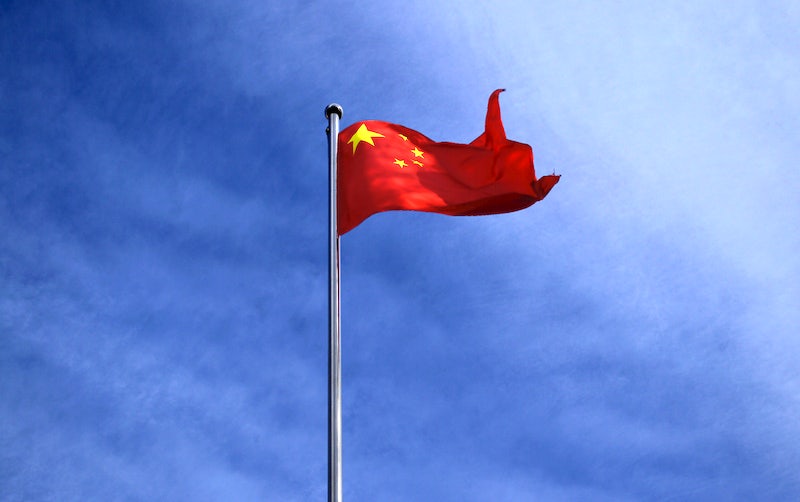China’s economic growth slowed in the second quarter of 2025 as trade tensions and a prolonged property crisis continued to weigh on the world’s second-largest economy.
China’s gross domestic product (GDP) grew by 5.2% in the three months to June compared to the same period last year.
This marks a slowdown from the 5.4% growth recorded in the previous quarter, reports Al Jazeera.
Despite the deceleration, Beijing has so far avoided a sharper downturn, aided by recent economic support measures and a fragile truce in the ongoing tariff dispute with the United States.
“The economy withstood pressure and made steady improvement despite challenges,” said the National Bureau of Statistics in a statement.
Growth in manufacturing was a key driver, rising 6.4% year-on-year, with strong demand reported for electric vehicles, 3D printing devices, and industrial robots. The services sector, including finance, technology, and transport, also posted gains.
However, retail sales, a key indicator of consumer confidence, rose by just 4.8% in June, slowing from 6.4% in May. Meanwhile, new home prices fell at their fastest monthly rate in 8 months, emphasising persistent weakness in the real estate sector despite multiple efforts to stabilise the market.
The combination of slowing consumption and continued housing market stress is prompting economists to question whether China will meet its official “around 5%” growth target for the year.
“The real question is by how much. We believe it will defend a floor of 4%, which remains the minimum politically acceptable level,” said Dan Wang, director for China at Eurasia Group.
The economic strain is being compounded by ongoing trade tensions. The tariffs were initiated during US President Donald Trump’s tenure and saw Washington impose 145% levies on Chinese goods, prompting retaliatory tariffs of 125% from Beijing.
Though negotiations in Geneva and London led to a temporary pause in tariff escalation, the two sides face a 12 August deadline to reach a permanent deal. The US has also extended heavy duties to other countries closely tied to China’s supply chains, further pressuring the region’s export economy.
Despite these hurdles, Beijing remains committed to economic stability, but analysts warn that continued global uncertainty and structural weaknesses at home could challenge growth in the second half of the year.


